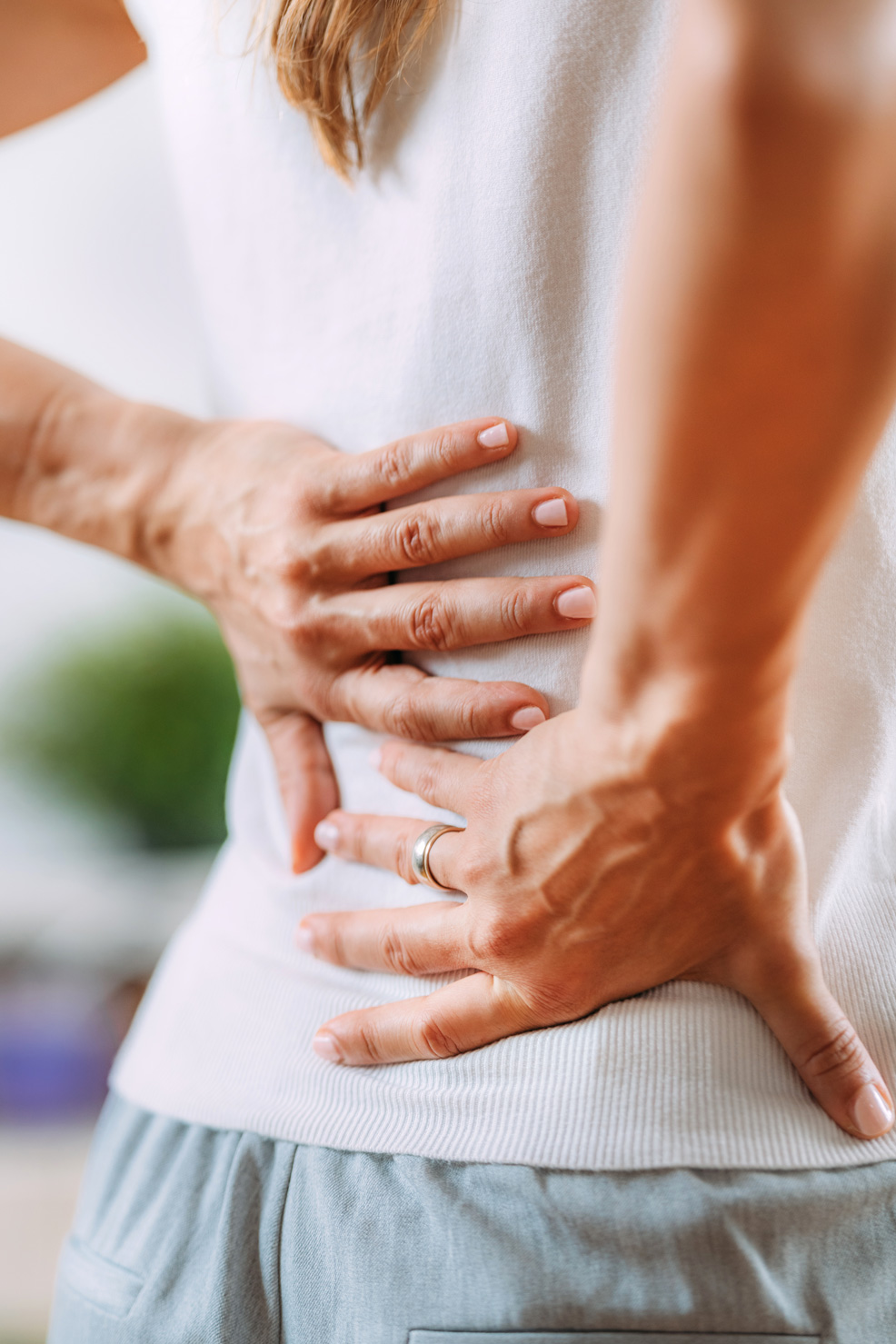What is Spinal Stenosis?

Spinal stenosis is a common but painful condition that occurs when the spinal canal is compressed.
This pinching or compression puts pressure on the nerve roots and spinal cord causing severe pain, numbness, weakness, and tingling most commonly experienced in the lower back and neck. Though there is no known cure for spinal stenosis, there are many treatment options available to relieve pain and manage discomfort.
What is Spinal Stenosis?

Spinal stenosis is a common but painful condition that occurs when the spinal canal is compressed.
This pinching or compression puts pressure on the nerve roots and spinal cord causing severe pain, numbness, weakness, and tingling most commonly experienced in the lower back and neck. Though there is no known cure for spinal stenosis, there are many treatment options available to relieve pain and manage discomfort.
What causes spinal stenosis?
The most common cause of spinal stenosis is a gradual narrowing of the spinal canal over time and changes in the spine from conditions such as arthritis. Spinal stenosis is more commonly found in older patients, though anyone of any age can be diagnosed due to injury or being born with a narrow spinal canal.
What happens if spinal stenosis is left untreated?
Though spinal stenosis is a mild condition in the early stages, if left untreated, it can cause permanent damage to the spinal canal and nerves. Most commonly reported in the neck and lower back, patients also report feelings of numbness and pain in their legs, mid-back, and buttocks — with some even losing control of their bladder or bowel movements. If you have difficulty walking long distances and find yourself leaning forward to relieve pressure on your lower back, it might be time to see a specialist. Ignoring mild to moderate pain can lead to more extreme discomfort as the condition evolves slowly over time.
Alternative Options for Spinal Stenosis
- Over-the-counter pain relievers such as Tylenol, Advil, or Aleve for mild cases
- Prescribed NSAIDs (Non-steroidal Anti-inflammatory Drugs) to alleviate pain by reducing inflammation of nerve roots and spine joints, creating more space in the spinal canal.
- Spinal Cord Stimulation
- Minuteman®
- Epidural Injections
- Corticosteroids
- Antidepressants and Neuroleptics
What are the best treatment options for spinal stenosis?
Though there is no known cure for spinal stenosis at this time, your healthcare provider can offer many treatment options to alleviate pain and manage the condition. The most common treatment options are medication, forms of physical therapy, injections, spinal cord stimulation, the minuteman®, injections, and surgery.
If your pain increases to the point where you cannot function during daily activities, your doctor may recommend surgery with a trusted neurologist for the most severe cases. However, before you choose surgery, consider alternatives; there are many non-surgical treatment alternatives available such as injections, the minuteman® procedure, and spinal cord stimulation. Less than 5% of patients with spinal disorders ever actually require spine surgery due to the wide variety of medications available to relieve pain and inflammation.

What can I do to prevent spinal stenosis from getting worse?
The best way to prevent spinal stenosis from getting worse is to maintain a healthy diet and practice regular low-impact exercise. Daily exercise will strengthen muscles and increase flexibility, providing support for the lower back (High-contact sports like soccer, football, basketball, and martial arts should be avoided). Always try to sit and stand with a good posture, being aware of the strain you are placing on your lower back and neck.
If you’re suffering from spinal stenosis, make an appointment with us today. We are the #1 practice for spinal cord stimulation in the region and are ready to get you back to living pain-free. To learn more about spinal stenosis and how spinal cord stimulation can help, please click here.
Nobody in pain should wait.
–AK Pain and Spine
